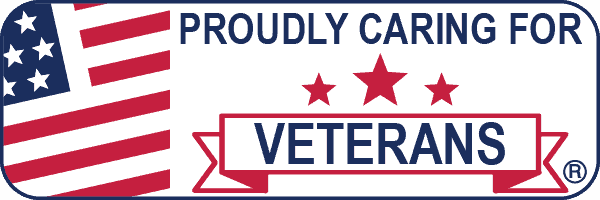In Real Life
Often in movies or TV shows, someone with an addiction problem is suddenly confronted by friends and family members during an intervention.
In real life, the decision to work with an interventionist and present concerns about a loved one’s addiction doesn’t happen overnight—nor should it. It’s better for everyone involved if the event is planned in advance and guided by an expert in such matters.
Why Use an Interventionist?
You may have already dealt with some difficult truths about addiction:
- Someone you care for is harming themselves or others because of drug or alcohol abuse.
- This individual may be unaware of the severity of the problem, even though there might also be health, financial, or legal concerns.
- The person might not be willing to admit he or she has a problem, or becomes angry or violent when you try to talk about it.
- There could be other contributing factors, such as mental illness, PTSD, or trauma, which complicate someone’s ability to face the realization of addiction.
No matter how involved you are in someone’s life, this doesn’t mean you have the communication skills to effectively address their substance abuse. You can love them, care for them, and support their wellness journey, but it’s challenging not to struggle with your own emotions. Your boundaries might already be at the breaking point.
An experienced professional should be the one to help navigate the conversation about addiction. Sometimes this is a social worker, psychologist, psychiatrist, substance abuse counselor, or clergy member. These individuals may have specific training working with people suffering from substance abuse disorder, or they might be a certified intervention professional, also referred to as a CIP.
How an Interventionist Can Help
A professional interventionist works with you and other interested parties to structure a meeting to address someone’s addiction problem. Depending on the level of complication, there may need to be more than one intervention.
While all feelings are valid, this professional plans the meeting specifically to avoid the chaos or conflict that might interfere with helping your loved one. He or she works as a mediator to allow everyone involved to be heard, while reducing the potential for resentment, blame, or shame—serious emotions that might halt progress. An interventionist doesn’t “take sides:” he or she demonstrates considerable care to convey messages of concern and intent to focus on the overall wellbeing not only of the individual suffering from addiction, but also friends, loved ones, and even co-workers participating in the healing process.
To find an interventionist, try the following:
According to the AIS, the primary goal of an intervention is to help someone you care for “agree to enter a recommended treatment program so that he or she can begin the process of recovery.” The professional you choose should have access to the proper recovery resources, such as medically-supervised detoxification, inpatient or outpatient treatment facilities, addiction specialists, 12-Step programs, and other services.
It’s important to choose a potential interventionist from a place of trust and confidence. Make certain you learn about him or her in the following ways:
- Credentials, rationale for this line of work, and success rate of individuals entering treatment.
- Intervention methods, including the planning stages, who to include in the process, length of time for staging the meeting, and steps of development.
- Any specialties or particular experience working with people with similar conditions or circumstances as your loved one.
- Contingency plans for no-shows, violent outbursts, or the need for additional events in the process.
- Reasons for certain treatment facility recommendations and other resources.
- Pricing structure and an itemization of services.
An interventionist may also have the ability to act as a sober escort, actually transporting your loved one to a rehabilitation center when he or she agrees to seek treatment. This may allow for a calmer transition, alleviating a tremendous burden from you. You can ask about this aspect during the planning stages of the intervention.
What Happens If an Intervention Doesn’t Work?
Yes, this happens sometimes, although most interventionists estimate only about 10 percent of interventions are unsuccessful.
Remember, professionals agree that the primary goal of an intervention is for someone with a compulsive behavior, addiction, or mental disorder to agree to treatment. If he or she says no, the interventionist must convey what happens next.
These parameters should be outlined during the planning stages of the process. Your responsibility, as well as that of any other people involved, is to stand by your convictions. The interventionist will help you convey these to your loved one. For example, he or she will help make it clear that you’ll no longer enable the individual in any manner, and you’ll do what’s necessary to protect yourself and others from harmful behavior.
It’s possible your loved one will react to the expression of these boundaries in many unpleasant ways. The interventionist will be prepared for this, too. Afterward, you and other people involved might discuss with the professional the possibility of hosting another intervention and why it might help.
Learn What You Can About Recovery
Take time to understand what your loved one might be facing. Many treatment facilities incorporate the family system as part of a comprehensive care plan. Research the recovery centers your interventionist recommends, talk with their admission personnel, and attend any continuing care groups to meet people who may have completed their programs.











